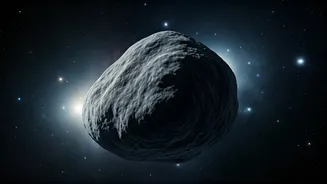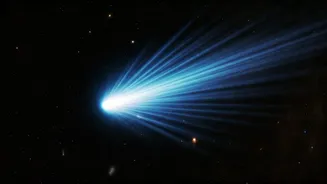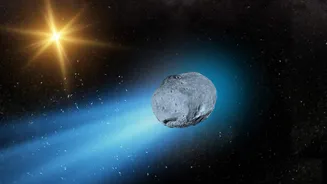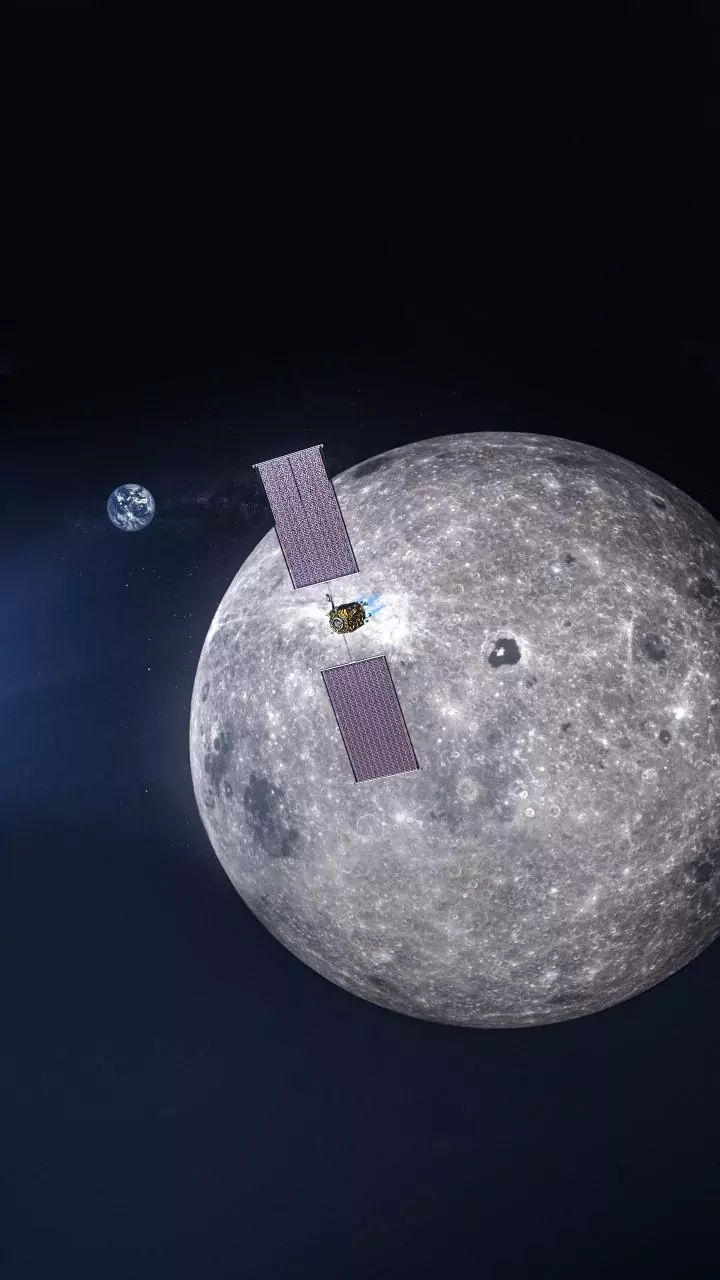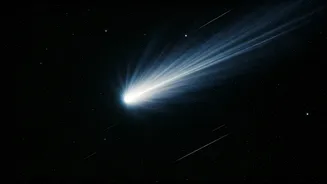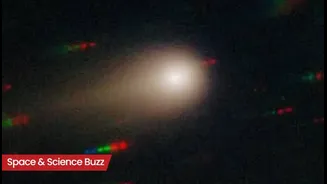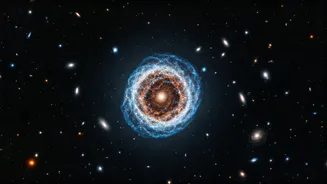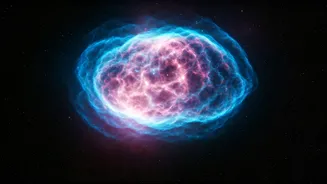A Cosmic Intruder
The interstellar object known as 3I/ATLAS, or C/2019 Q4 (ATLAS) based on its discovery in 2019, entered our solar system from a location far beyond the
orbit of Neptune. It was first observed by the ATLAS (Asteroid Terrestrial-impact Last Alert System) survey telescopes in Hawaii. This occurrence marked a rare opportunity to study a celestial body from beyond our solar neighborhood. 3I/ATLAS's journey sparked considerable interest among astronomers eager to understand its composition, origin, and the conditions of its home system. This interstellar visitor offered a direct glimpse into the diverse material present in other planetary systems.
Unusual Characteristics Noticed
3I/ATLAS did not neatly fit into existing categories of celestial objects like comets or asteroids. Observations revealed a distinct behavior. Its trajectory, for instance, indicated a hyperbolic path, signifying it wasn't gravitationally bound to the Sun. Furthermore, its brightness varied considerably, which led astronomers to suggest the object might have been disintegrating as it approached the Sun. The composition of the object was another area of intrigue. The presence of specific gases and the lack of certain expected elements provided clues about its origin and the environments it traversed. These unique qualities made 3I/ATLAS a subject of intense scientific scrutiny.
Decoding the Trajectory
Analyzing the path of 3I/ATLAS was crucial to understanding its origins. The object's journey followed a trajectory that suggested it originated from outside our solar system. The high speed and hyperbolic orbit are essential indicators. Unlike objects born within our solar system, which follow elliptical paths influenced by the Sun's gravity, 3I/ATLAS demonstrated a path unaffected by the gravitational pull of our Sun, which provided compelling evidence of its interstellar origin. Tracking the precise course of such an object allowed scientists to trace its movements across the galaxy, which helped refine our understanding of its point of origin.
Exploring Compositional Clues
Unraveling the material makeup of 3I/ATLAS was a significant goal for astronomers. They used various observational tools, including spectroscopic analysis, to discern the types of elements and compounds present within the object. The presence of particular gases, such as carbon monoxide, and the absence of others, like water ice, provided valuable insights. These observations painted a picture of the object's formation and its journey. By comparing its composition with that of known interstellar bodies and materials in other solar systems, scientists looked for hints about where 3I/ATLAS originated. The goal was to build a comprehensive view of the environments in which such objects are formed.
Scientific Significance
The study of 3I/ATLAS held immense scientific importance, particularly in the domain of interstellar object research. The object represented only the second confirmed interstellar object to be observed passing through our solar system, providing invaluable data. It offered a rare chance to gather information about materials and conditions outside our own star system. This research contributes to our broader understanding of planetary formation, the distribution of materials in the galaxy, and the potential for life in different parts of the cosmos. Every piece of data collected from 3I/ATLAS enhances our comprehension of the universe.
Ongoing Research Efforts
Scientific investigations concerning 3I/ATLAS continue to progress, even though the object has moved beyond our solar system. Astronomers are using archival data, alongside data from recent observations, to conduct in-depth analyses. These analyses include refining trajectory calculations and investigating the evolution of its appearance. There is an ongoing effort to gather additional information about its composition and surface features. International collaborations are also in place, with telescopes and observatories around the globe contributing to this project. This cooperative and continual research shows the commitment to understanding this unique object.
Future Discoveries Anticipated
Looking ahead, the study of interstellar objects like 3I/ATLAS is set to grow. With technological improvements in telescopes and space-based observatories, astronomers expect to detect additional interstellar visitors. The advancement in data analysis techniques and modeling will allow for better insights into these objects' characteristics. These new discoveries will offer opportunities for scientists to probe the diversity of celestial bodies in the cosmos, providing an understanding of the conditions and processes within other star systems. This work will enrich our understanding of the universe.
